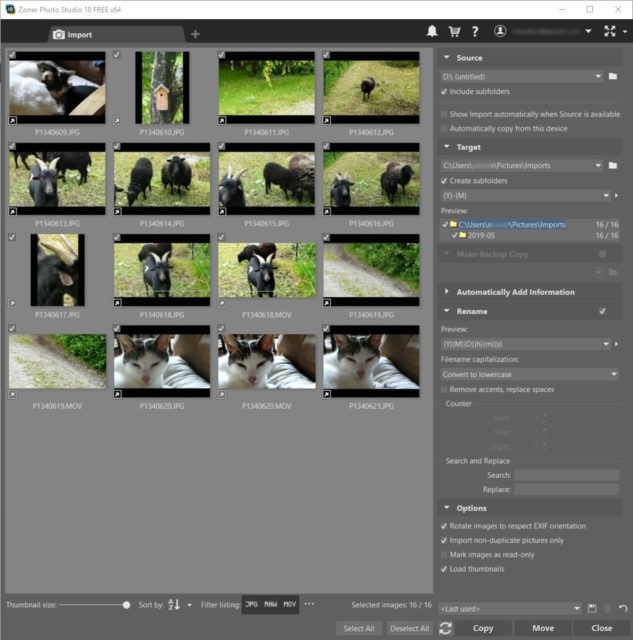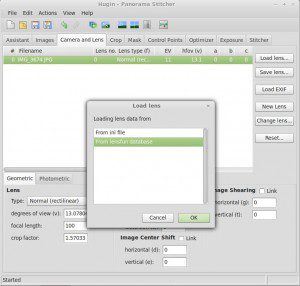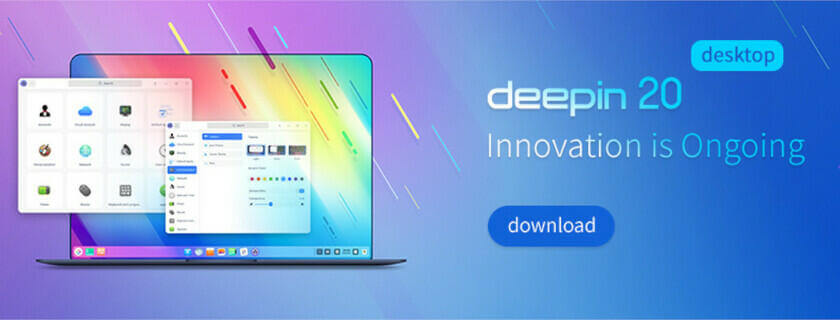

In this instance, I have two different versions of the same image. Here, I want to show an example of what DigiKam considers to be a duplicate image. (I scrolled down the directory so nothing is highlighted for the moment.) One of the items that appeared in the popup menu is called Find Duplicates. Let us now choose a folder, such as Artwork. Hence the Average button on DigiKam calculates the average of all UNIX dates of all photographs stored in the affected folder. In UNIX systems, including PCLinuxOS, the date of a file is stored as a long integer based on the starting date of January 1, 1968. The button Average “calculates†the date based on the dates of all photographs in the album. The button Oldest refers to the oldest date assigned to the photograph in this Album. This date could be any arbitrary date, but it is suggested that the date could be the date the album was created, either in DigiKam, or the date the album of photographs were originally taken (which could well predate computers). Information here is stored in DigiKam's internal database.īelow that is a calendar where you can assign a date for the Album. Likewise, Captions are typed in a freeform box just below Category. As one could guess, you can add categories by simply typing them in the category box. Here2, there are predefined categories that can be assigned to folders (as well as individual images). Categories are searchable from the search function found elsewhere in DigiKam. As titles are derived from subdirectories, changing the title here also changes the name of the subdirectory where the folder (or subfolder) resides within ~/Pictures.Ĭlicking on Category allows you to assign a category to the album. Selecting Properties here will allow you to edit information about the selected folder. Holding down Shift, then pressing the F2 key allows you to rename the folder, and holding down Alt and pressing the Return key shows you information about the folder you right clicked on. Here, in addition to the two items that we just discussed in the first example, we have options to rename the folder, reset the icon of the folder (icons for folders can be changed within Dolphin), find image duplicates, refresh the contents of the folder, import and export photographs in the folder, delete the folder, or show information about the folder.įrom the keyboard, you can hold down Control then press N to create a new directory. In this example, I right clicked on the Architecture folder. What pops up depends on which entry you right click on.įor the Pictures entry, only two items appear in the popup menu, one to create a subdirectory in ~/Pictures, and one to open the Pictures directory in Dolphin (the KDE file manager). You can right click on any entry in this panel except for the root level entry Albums. These two entries are created when DigiKam is2 first launched. The entry Pictures refers to the ~/Pictures directory on the hard drive. The root level entry named Albums is the root level of the database where DIgiKam stores information on each photograph. If you are doing photographic work for someone else on the same machine you are doing photographic work for yourself, it is a good idea to create subdirectories to separate work you do for others from work you do for yourself. Here, we have a (partial) structure of how photographs on my laptop are organized. The left panel in DigiKam is where Albums are managed. In this example, the process was immediate as no new photographs have been added or deleted. This could take some time if you have a large collection of photographs. (In fact, this is one reason why Shotwell was included in the repository.)Įach time DigiKam is loaded, DigiKam checks the directory (or directories) where your photo collection is stored for newly added (or deleted) photographs and updates its database accordingly.
#DIGIKAM GET PHOTOS FROM ANDROID PHONE FULL#
If you were to load DigiKam from, say, the MATE desktop, the basic KDE libraries would have to be loaded first, increasing the time needed to launch the application, not to mention that the full functionality of DigiKam cannot be guaranteed when running on non-KDE desktops. Because DigiKam was designed for the KDE (Plasma) desktop, it is best to launch DigiKam from the KDE (Plasma) desktop as many required libraries the application uses have already been loaded when KDE (Plasma) desktop was launched.

For this issue, let us discuss the basics of photo management in DigiKam.Īs with many Linux applications, you should (theoretically) be able to launch DigiKam from any desktop.

In the last issue, I presented an introduction to DigiKam and its basic interface (as well as a small sample of my photo collection).


 0 kommentar(er)
0 kommentar(er)
